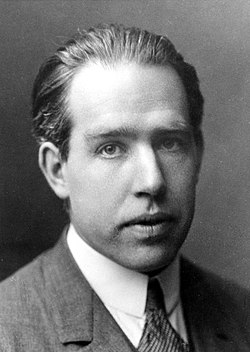| Year | Image | Laureate | Prize | Motivation | Manhattan Project | References |
|---|
| 1946 |  | Hermann Joseph Muller | Physiology or Medicine | "for the discovery of the production of mutations by means of X-ray irradiation" | Civilian advisor | [10] [11] |
| 1951 | 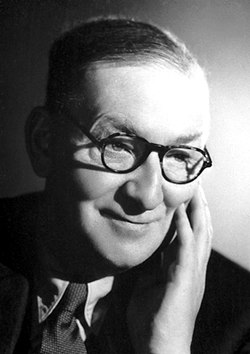 | John Cockcroft | Physics | "for their pioneer work on the transmutation of atomic nuclei by artificially accelerated atomic particles" | Montreal Laboratory | [1] [12] |
| 1951 | 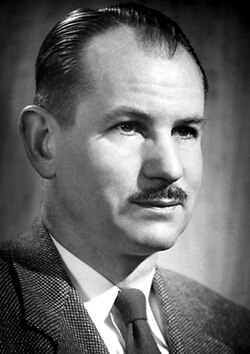 | Edwin M. McMillan | Chemistry | "for their discoveries in the chemistry of the transuranium elements" | Los Alamos Laboratory | [1] |
| 1951 | 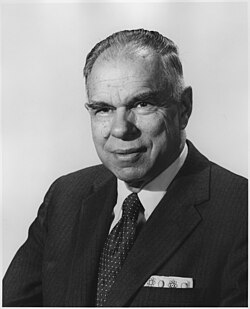 | Glenn Theodore Seaborg | Chemistry | "for their discoveries in the chemistry of the transuranium elements" | Metallurgical Laboratory | [1] [14] |
| 1952 |  | Felix Bloch | Physics | "for their development of new methods for nuclear magnetic precision measurements and discoveries in connection therewith" | Los Alamos Laboratory | [1] |
| 1959 |  | Emilio Segrè | Physics | "for their discovery of the antiproton" | Los Alamos Laboratory | [1] |
| 1960 |  | Willard F. Libby | Chemistry | "for his method to use carbon-14 for age determination in archaeology, geology, geophysics, and other branches of science" | SAM Laboratories | [1] [17] |
| 1961 |  | Melvin Calvin | Chemistry | "for his research on the carbon dioxide assimilation in plants" | Radiation Laboratory | [18] [19] [20] |
| 1962 |  | Maurice Wilkins | Physiology or Medicine | "for their discoveries concerning the molecular structure of nucleic acids and its significance for information transfer in living material" | Radiation Laboratory | [1] [21] |
| 1963 |  | Maria Goeppert Mayer | Physics | "for their discoveries concerning nuclear shell structure" | SAM Laboratories, Los Alamos Laboratory | [1] |
| 1963 |  | Eugene Wigner | Physics | "for his contributions to the theory of the atomic nucleus and the elementary particles, particularly through the discovery and application of fundamental symmetry principles" | Metallurgical Laboratory | [1] |
| 1965 |  | Richard P. Feynman | Physics | "for their fundamental work in quantum electrodynamics, with deep-ploughing consequences for the physics of elementary particles" | Los Alamos Laboratory | [1] |
| 1967 | 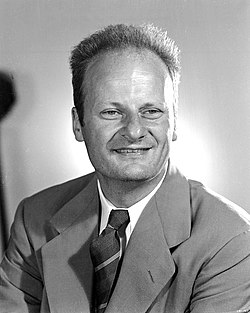 | Hans Bethe | Physics | "for his contributions to the theory of nuclear reactions, especially his discoveries concerning the energy production in stars" | Los Alamos Laboratory | [1] |
| 1968 | 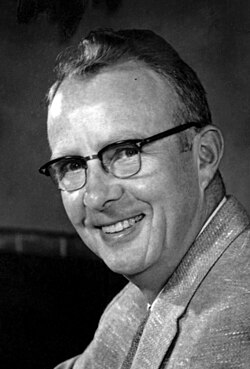 | Luis Alvarez | Physics | "for his decisive contributions to elementary particle physics, in particular the discovery of a large number of resonance states, made possible through his development of the technique of using hydrogen bubble chamber and data analysis" | Los Alamos Laboratory | [1] |
| 1975 | 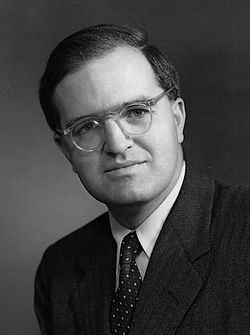 | Aage Bohr | Physics | "for the discovery of the connection between collective motion and particle motion in atomic nuclei and the development of the theory of the structure of the atomic nucleus based on this connection" | Los Alamos Laboratory | [1] |
| 1975 | 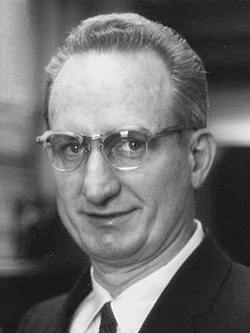 | James Rainwater | Physics | "for the discovery of the connection between collective motion and particle motion in atomic nuclei and the development of the theory of the structure of the atomic nucleus based on this connection" | Metallurgical Laboratory | [1] [28] |
| 1977 |  | John van Vleck | Physics | "for their fundamental theoretical investigations of the electronic structure of magnetic and disordered systems" | Consultant | [1] |
| 1980 |  | Val Fitch | Physics | "for the discovery of violations of fundamental symmetry principles in the decay of neutral K-mesons" | Los Alamos Laboratory | [1] |
| 1983 |  | William Alfred Fowler | Physics | "for his theoretical and experimental studies of the nuclear reactions of importance in the formation of the chemical elements in the universe" | Los Alamos Laboratory | [32] |
| 1989 |  | Norman F. Ramsey | Physics | "for the invention of the separated oscillatory fields method and its use in the hydrogen maser and other atomic clocks" | Los Alamos Laboratory | [1] |
| 1995 |  | Frederick Reines | Physics | "for the detection of the neutrino" | Los Alamos Laboratory | [1] |
| 1995 |  | Joseph Rotblat | Peace | "for efforts to diminish the part played by nuclear arms in international affairs and, in the longer run, to eliminate such arms." | Los Alamos Laboratory | [1] |
| 2005 |  | Roy Glauber | Physics | "for his contribution to the quantum theory of optical coherence." | Los Alamos Laboratory | [1] [36] |
